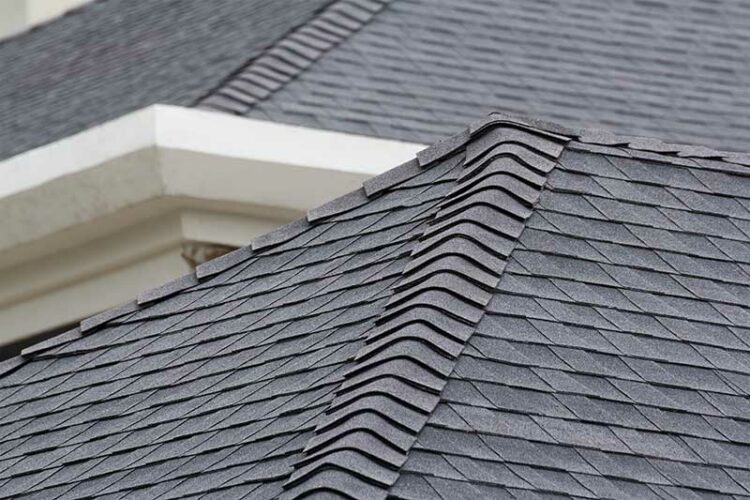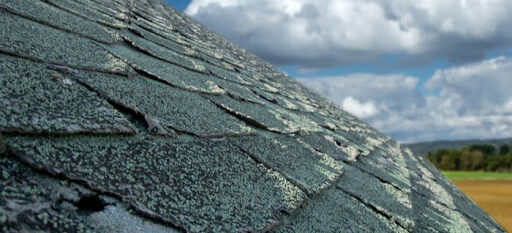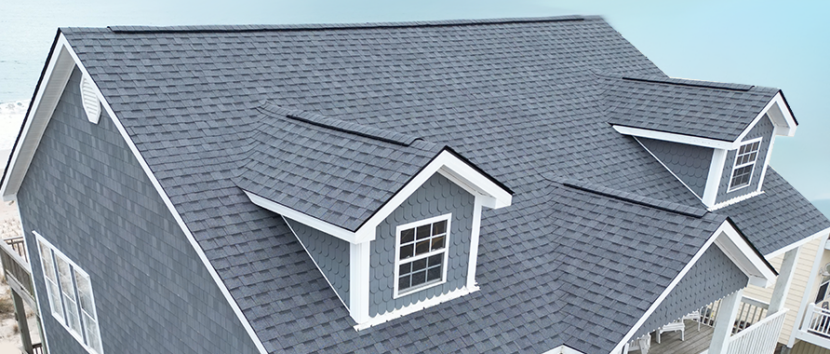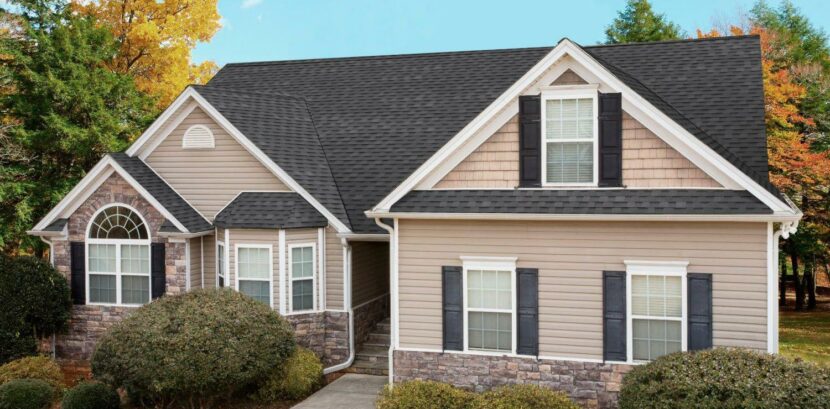Rubber Roofing Benefits

Advantages of Rubber Roofing
The first rubber roofs were installed in the Swinging Sixties, but in those days, they didn’t offer much style or sophistication. Fortunately, new cutting methods and fabrications have emerged in recent years, and now rubber can mimic the aesthetic of exquisite textures like slate and cedar shake. For that reason, rubber roofing has grown increasingly popular among architects and contractors for its beauty and not despite it.
Get a Free Estimate Today
50% off installation. Special financing available. See details.
Durability and Longevity
An old cliché compares the strength of a twig to a reed. Reeds yield. Their capacity to bend gives them a degree of longevity that dry twigs will never mimic. This principle applies to rubber roofing, which offers a degree of weather resistance and durability that few materials can mimic. It packs extra punch by offering eco-friendliness and exceptional insulating power, but its greatest strength will always be its flexibility.
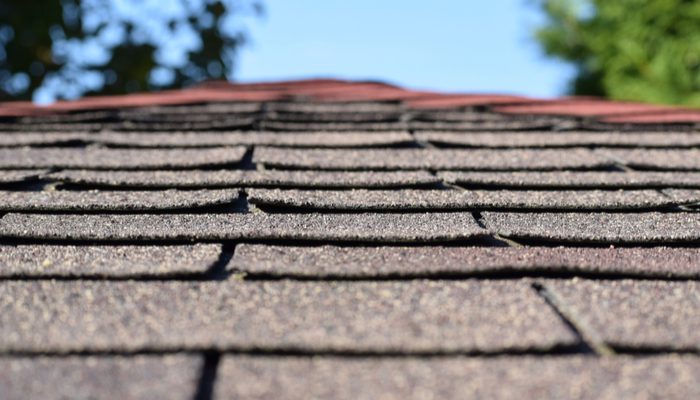
Cost-effectiveness over time
Both natural and EPDM rubber roofing have lifespans of 40 to 50 years if well-maintained. They tolerate water, UV rays, and temperature fluctuations well. Their flexibility allows them to expand and contract with the weather without developing weaknesses. They’re resilient enough to recover their shape and have the impact resistance to survive hail damage. They usually don’t require seams, so the odds of leakage are slim. This means rubber roofing’s upfront price pays for half a century of service, but you’ll also save money through its low maintenance requirements.
Energy efficiency and insulation properties
EPDM and TPO membranes can reflect light efficiently while reducing heat absorption. One-ply EPDM offers a relatively low R-value of R-0.25 to R-0.35, but when combined with the right insulation, you can push that number up. Rubber excels as an insulator, regulating indoor temperatures while reducing your HVAC energy demand by as much as 20%.
Environmental benefits
Rubber materials are more sustainable than wood and most synthetics. When sourced and processed well, they don’t contribute to pollution or deforestation. Better yet, they reduce your HVAC energy use, shrinking your carbon footprint along the way. This effect won’t limit itself to your home alone. Rubber reflects sunlight and heat, reducing surface temperatures. It’s more porous than other roofing materials, so it creates air pockets that trap heat instead of releasing it. Urban heat islands can thus become a thing of the past.
Sustainable manufacturing processes
While natural rubber requires manufacturers to draw resources from Mother Nature, synthetics and recycled materials reduce waste and help conserve natural resources. Once rubber has provided its 50 years of service, it can be recycled, diverting waste and reducing our reliance on virgin fabrications.
Installation and maintenance
Installing rubber roofing might require precise preparation and execution, but the process is often easier than that of traditional roofing. The installation of a flat rubber roof usually takes between one and three days. Your beautiful new roof will then need just two days to cure.
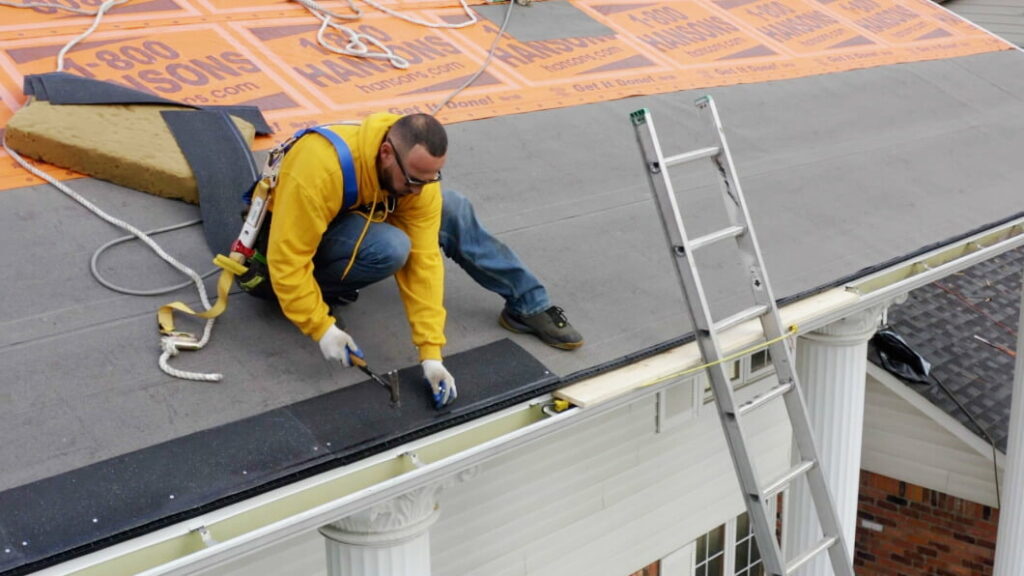
Minimal maintenance requirements
Rubber is inherently weather-resistant. Its flexibility makes it impervious to hail, wind, and extreme temperature swings, so it usually only requires simple liquid rubber patching. If you develop holes, all you need is three minutes and a contact-cemented patch. Surface cracks can usually be fixed easily with a sealant, but large cracks might require partial replacement.
Types of rubber roofing
EPDM is perhaps the most popular rubber roofing on the market today. It’s a rubber membrane often used in buildings with a low slope. It can be sealed with adhesives or mechanically attached. Its seams have been enhanced to achieve higher water resistance, but more impressive improvements have followed.
The membrane now works with custom primers and has become extremely puncture-resistant. EPDM is, of course, not the only rubber roofing on the market. Natural rubber is popular for its low maintenance requirements, flexible strength, and leak resistance, but new synthetics have made their way into the industry.
Choosing the right rubber roofing system
The rubber roofing market is highly diverse, offering a range of options for achieving your goals. You’ll need to consider more than just your materials, though. Installation techniques and budget will play a role as well.
- If you live in a moderate climate, a 25-mil EPDM membrane should suffice. EPDM is energy-efficient and usually eco-friendly, so you shouldn’t need more unless your climate is harsh.
- If you live in a hot climate, TPO’s sun-reflecting powers might serve you better than EPDM.
- If you’re cutting costs, EPDM roofing will save you $2 to $6 per square foot over TPO.
- EPDM is superior to natural rubber in tough climates. It also excels at covering surfaces that are exposed to chemicals.
- If you’re looking for aesthetic flexibility, EPDM has been on the market longer than TPO and can offer exceptional variety.
Factors to consider when selecting rubber roofing
Working with a professional roofing contractor: Your budget, aesthetic preferences, climate, and lifespan goals will all determine the right rubber roofing system for your needs. If you’ve chosen your roofing contractor well, they’ll consult with you on your expectations and priorities. Every home is different, so don’t be afraid to vocalize your goals. They’ll determine your ideal composition and installation technique. During your consultation, make sure you discuss:
- The roof materials you’re replacing.
- The lifespan and cost you’re hoping for.
- The shape and complexity of your roof design.
- Whether you’re performing a complete replacement or only an addition.
- The durability and certifications of your roofing manufacturer.
- Whether your roofer adheres to the best practices and building codes of the industry.
- Whether you need ventilation.
Rubber roofing’s low maintenance requirements and easy repair options make it the perfect material for cutting costs. Its extended lifespan isn’t to be sniffed at, either. If you keep your roof clean, it will serve you for decades.
For that reason, rubber roofing often comes with impressive warranties of up to 40 years. Whether you choose EPDM, TPO, or natural rubber, it will improve your home’s thermal resistance while shrinking your carbon footprint.
Need help with a roofing project? Click here for a free estimate from 1-800-HANSONS.
Related Articles:
Is a no leak guarantee on a roof possible?
Why rubberized shingles are the superior material for your roof
Roof buying guide
What type of roofing to choose when getting a new roof
Impact resistant shingles

